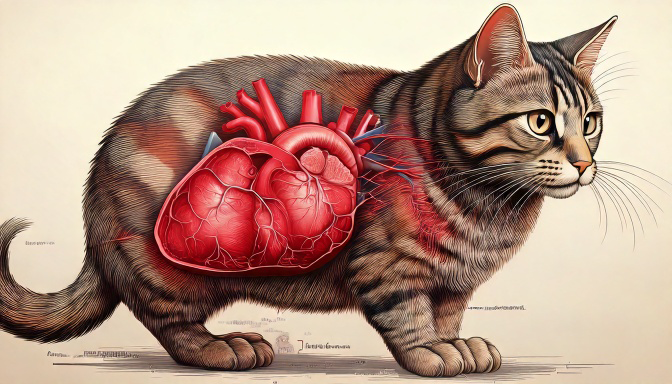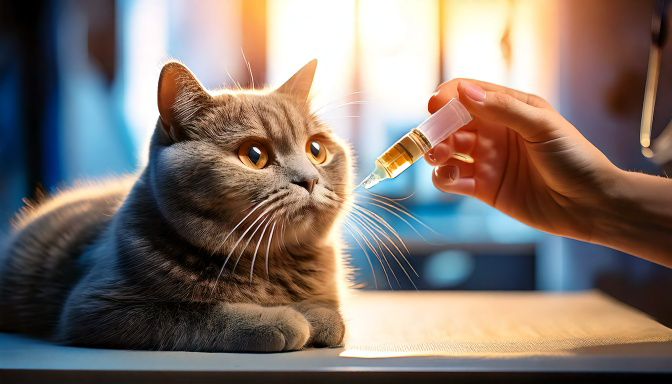Feline Hypertrophic Cardiomyopathy in British Shorthair
Feline Hypertrophic Cardiomyopathy in British Shorthair
2022-10-20

Feline Hypertrophic Cardiomyopathy in British Shorthair
Introduction: Your Cat's Heart Deserves Attention
Feline Hypertrophic Cardiomyopathy (HCM) is one of the most common heart diseases in cats.
It particularly affects breeds like Maine Coon, Persian, Ragdoll — and yes, the British Shorthair too.
This connection stems from shared genetic ancestry, especially with Persians, making early screening vital for responsible breeders and attentive owners.
What is Feline Hypertrophic Cardiomyopathy?
HCM is characterized by the abnormal thickening of the left ventricle wall, impairing the heart’s ability to pump and relax between beats (diastolic function).
It is a progressive disease with no definitive cure, but with proper veterinary care, it can be managed successfully.

Comparison between a healthy heart and one affected by ventricular hypertrophy — typical in HCM.
Main Clinical Signs
Many cats with HCM remain asymptomatic for years.
When symptoms appear, they usually indicate an advanced stage:
- Rapid breathing (tachypnea) or difficulty breathing (dyspnea)
- Lethargy and reduced willingness to play
- Mild coughing, often mistaken for gagging
- Fainting (syncope) or even sudden death in severe cases
- Possible thromboembolism, especially affecting the hind limbs

Monitor any subtle changes in your cat's breathing.
Diagnosing HCM in Cats
The gold standard for diagnosis includes:
- Doppler echocardiogram (essential, performed by a veterinary cardiologist)
- Electrocardiogram (ECG)
- Thoracic X-rays
- NT-ProBNP blood test (a marker of cardiac stress)
Treatment: Management is Key
Although there is no cure, effective management can provide a good quality of life.
Common treatments include:
- ACE inhibitors → reduce the heart’s workload
- Beta-blockers → control heart rate and prevent arrhythmias
- Calcium channel blockers → help relax the heart muscle
- Diuretics → remove excess fluid buildup

Successful treatment requires individualized plans and regular follow-ups.
FAQ – HCM in British Shorthair
Is HCM genetic in British Shorthairs?
Yes. There is a known genetic predisposition. Responsible breeders conduct regular cardiac screening on breeding cats.
Can HCM be cured?
No. However, with early diagnosis and proper management, many cats can live long, fulfilling lives.
Does HCM cause pain?
Typically, no. However, complications like thromboembolism can cause significant discomfort if untreated.
At what age is HCM usually detected?
It can appear from 2 years of age, but it’s more commonly diagnosed after age 5. Annual check-ups are recommended for adult cats.
Conclusion
Feline Hypertrophic Cardiomyopathy requires attention, knowledge, and care.
If you have — or plan to adopt — a British Shorthair, understanding this condition can be crucial for ensuring a long and healthy life.
Early detection and ongoing veterinary care are the best strategies for living many happy years together.
This content was produced by British Village
Based on our daily experience as specialized British Shorthair breeders, combining technical knowledge with true passion for the breed.
Learn more about our work on our official website